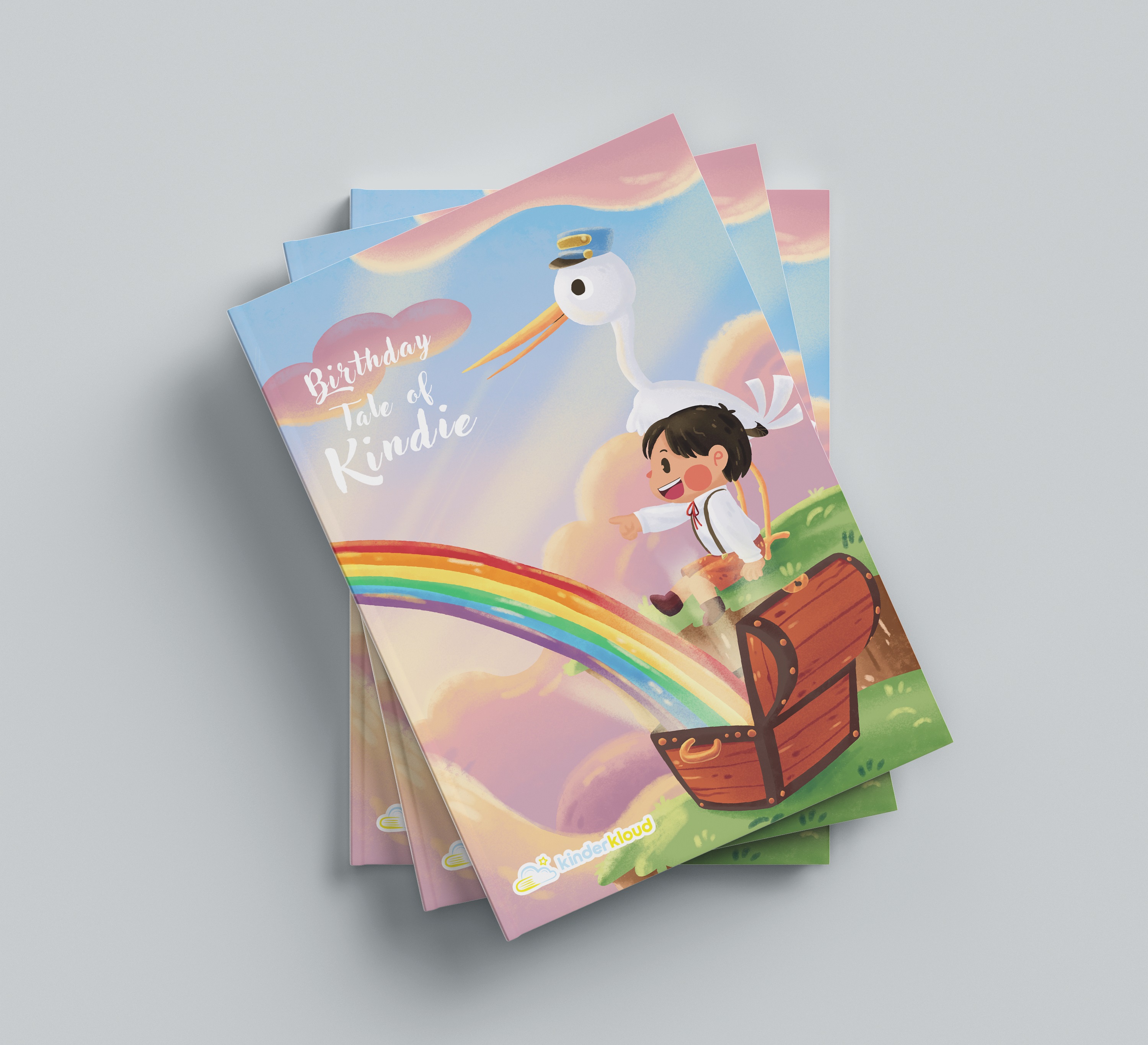Pica and How to Handle it

Have you ever heard of one of the eating disorders that generally affects young children, namely Pica? Pica is an eating disorder characterized by a person eating things that are not food. However, for children under 2 years of age, this behavior is not categorized as pica, but is considered as habitual mouthing behavior.
What are the signs of Pica?
According to DSM V, Pica is included in the Feeding and Eating Disorder category. Children are categorized as having Pica when:
- The behavior of eating non-food and non-nutritive objects for at least one month.
- The behavior of eating objects that are not nutritious, and not the food is not appropriate according to culture or social norms. In some cultures, consuming earth is considered spiritually meaningful, or for medicine.
- The behavior of eating the object is not in accordance with the development of his age. In children under 2 years old, picking up objects or putting objects in their mouths is a normal in their developmental age.
- If the eating behavior occurs in the context of a mental disorder (such as intellectual disability, autism spectrum disorder, schizophrenia), or a medical condition (such as during pregnancy), it is important for the child to be given further attention.
Common objects consumed by children with Pica are grouped as follows: (1) biological secretions (human feces, vomit, blood, urine, etc.); (2) biological solids (skin, nails, bones, hair); (3) chemicals (copper, medicine, etc.), (4) food (potatoes, beans, lettuce, eggs); (5) organic materials (books, dust, grass, leaves, sand, etc.); (6) dangerous objects (sharp objects, matches, glass, wood).
Pica can occur during childhood, adolescence, or adulthood, although it is more common in children. PICA is more commonly comorbid with Autism Spectrum Disorder and Intellectual Disability.
Pica is classified into 5 levels, which are as follows.
1. Mild. Puttting objects in mouth and swallowing small pieces of paper or string without difficulty known
2. Moderate. Putting objects in the mouth and swallowing small pieces of paper or string or other harmless objects; experience one or two coughing up objects.
3. Severe. Putting objects in the mouth and swallowing small pieces of paper or thread or other harmless objects; experiencing one or two coughing up objects; have had an X-ray to identify pica more than once
4. Dangerous. Swallow a foreign object at least weekly; have had X-rays several times, and ingested dangerous objects
5. Life-threatening. Have had one or more dangerous object removal surgeries, and continue to exhibit pica behavior at least once every 30 to 90 days.

How to handle it?
One of the treatments that can be done for children is behavioral intervention, such as:
- Blocking, which prevents the child from inserting non-food objects into the mouth by placing his hand on the child's hand.
- Provide delicious and nutritious snacks frequently, and periodically.
- Give a reward when the child does not eat non-food objects for a while.
If the behavior persists, take your child to a professional, such as a behavior analyst, or a psychologist with experience in Applied Behavior Analyst (ABA). That would be helpful to reduce specific problematic behavior, such as Pica.
References :
Al Nasser Y, Muco E, Alsaad AJ. Pica. [Updated 2021 Jul 29]. In: StatPearls [Internet]. Treasure Island (FL): StatPearls Publishing; 2022 Jan-. Available from: https://www.ncbi.nlm.nih.gov/books/NBK532242/
APA (2013). Diagnostic and Statistical Manual of Mental Disorders (5th ed.) USA : American Psychiatric Publishing.
https://familydoctor.org/condition/pica/
https://www.verywellhealth.com/pica-5083875
https://www.nationaleatingdisorders.org/learn/by-eating-disorder/other/pica
Pica, how to handle pica, pica symptoms,
Pre-school 2 Years - 4 Years / 2 Tahun - 4 Tahun (Balita) / Psychological Development / Tumbuh Kembang Psikologis / Education / Pendidikan / Pica and How to Handle it
Comments













